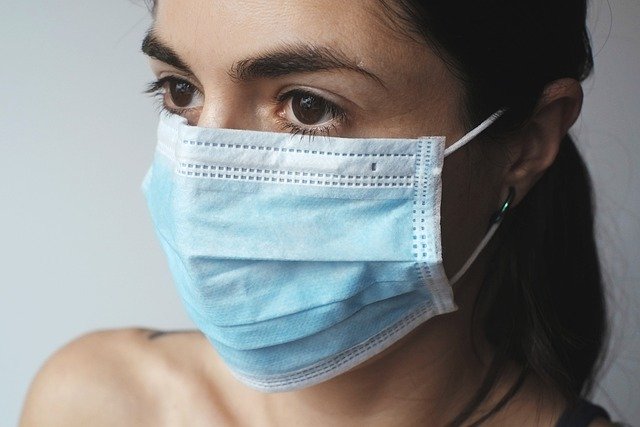How Field Hospitals Have Helped In The Fight Against COVID-19
The COVID-19 pandemic has been an unprecedented crisis, leading to millions of infections and hundreds of thousands of deaths worldwide. Across the world, countless people have seen their lives affected by the almost never-ending spread of this new viral strain, and authorities have had to act fast and respond in whole new ways in order to fight back against the virus.
Various techniques and methods have been attempted, some more successful than others, in order to reduce the spread of the virus and lower rates of infection around the globe, and one common technique seen in many countries was the establishment of field hospitals or temporary, pop-up hospitals to test and treat as many patients as possible without overwhelming existing infrastructure.
As coronavirus infections have begun to slow down in many places, a lot of these temporary hospitals have started to shut down and some even went mostly unused, but it’s clear to see that many of them still played a part in helping health workers negotiate these difficult times more easily.
Emergency medical tents have also been used for pop-up testing locations around the world, helping people get tested for COVID-19 in a safer and more convenient manner than having to go to the hospital. Here’s a brief rundown of how it all happened and the part these hospitals and pop-up locations have had to play.
An Unprecedented Threat
The need for field hospitals and pop-up tent testing facilities became apparent to many countries around the world after witnessing how the virus spread and took hold in its early stages, in locations like Italy and China. A big issue encountered in those countries was the fact that hospitals were being overrun and overwhelmed with an influx of COVID-19 patients requiring treatment.
The strain on these facilities was proving to be too great in many cases, and so, in Wuhan, the epicenter of the outbreak, temporary hospitals started to be set-up. These hospitals cost ten times less than building a brand new hospital designed for COVID-19 care, and they were much faster to build too.
Seeing this, many other countries adopted similar strategies in order to respond to the outbreak on their own soil, and we’ve seen temporary hospitals and medical tents erected in the US, the UK, and many other countries too.
Several Benefits
At first glance, it seems that the primary aim of developing these temporary field hospitals is to reduce the strain on existing infrastructure, and it’s clear to see that this was one of the primary intentions of their construction. With field hospitals able to accommodate COVID-19 patients, the likelihood of hospitals being overwhelmed and running out of beds is reduced.
But along with this key benefit, these facilities offered a range of additional advantages too. For starters, they offered a place for COVID-19 patients to gather safely, reducing the risk of the virus spreading in other facilities, as well as freeing up space for patients of other diseases and disorders to receive the treatment they needed more safely.
Cancer patients, for example, have been linked with a higher susceptibility to the virus and may have seen their treatments delayed in recent weeks and months due to the vast swathes of COVID-19 patients taking up so many resources in hospitals across the world, but temporary hospitals and testing tents have helped these patients get the care they need.
Pop-Up Testing Tents
Another big benefit has come with pop-up testing locations. Given that many people may feel a little nervous or apprehensive about going to the hospital or another care facility to get tested for the virus, these pop-up tents and drive-thru locations offer a safer, simpler variant.
These locations effectively helped to streamline the process, testing hundreds of thousands more people in many different countries around the world and then allowing those who tested positive to self-isolate effectively, protecting their friends and families, as well as getting the treatment they needed in a prompt fashion.
Conclusion
Even though some of these temporary hospitals and pop-up care facilities turned out to be less essential than originally imagined in terms of reducing the strain on existing hospitals, it’s clear to see that these locations still helped in the battle against COVID-19.
They provided space for patients in need, helped to limit the spread of the virus for those infected and at-risk health workers, and made the act of testing patients far simpler in the long run too, helping to set an educational example for future pandemics or emergencies.
Feature Image by Juraj Varga from Pixabay

